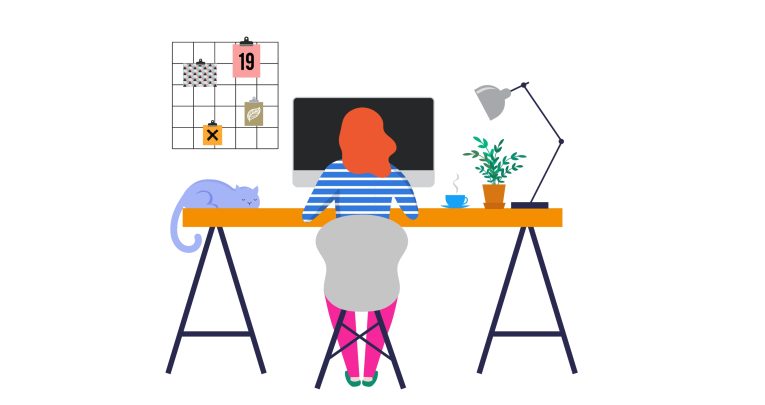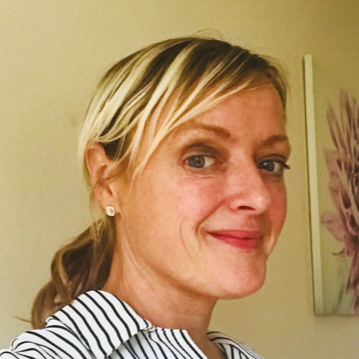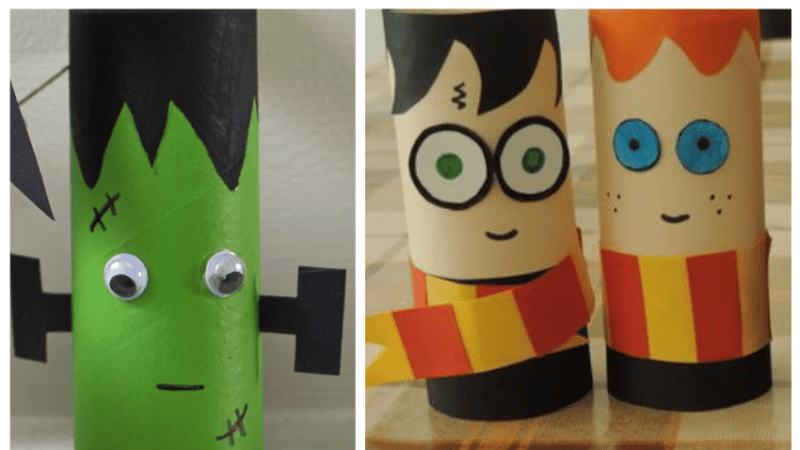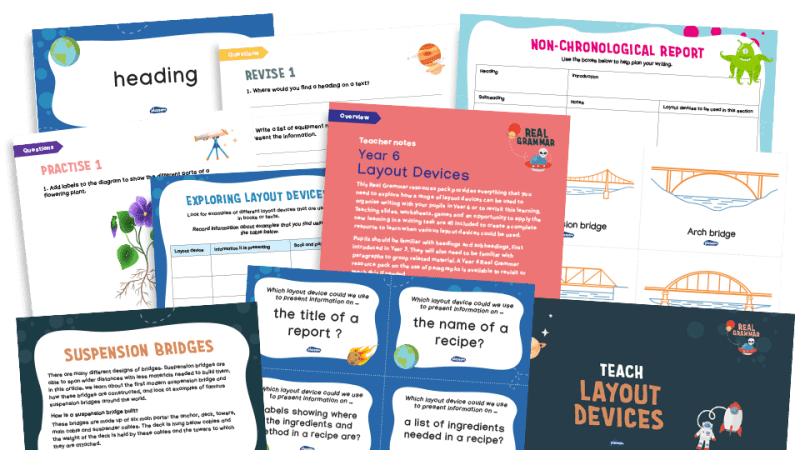“I’ve learnt more about myself as a teacher than at any time since starting”

Lead practitioner Jayn Sadler reflects on what she learnt following her first week of remote teaching…

- by Jayn Sadler
- English teacher based in north Essex

How long ago it already seems since the planet was turned upside down and the normalities of our lives were thrown aside.
I was already in self-isolation at the point when Johnson finally closed the schools, so was sadly not there to say farewell to our Y11 students, witness the traditional applying of ink to each other’s shirts or receive any of the thank you notes that the better principled among them write for their teachers.
The communication during these early days has seemed disjointed and contradictory, though that’s hardly surprising given the lack of clarity we’ve witnessed around the government’s own response strategy, to say nothing of the global confusion around people’s responsibilities during the pandemic.
However, we knew at school that we’d be using a system for teaching remotely, and I was going to be ready. First, I set about retrieving a visualiser from the garage that my 16-year-old daughter had quarantined some weeks ago, after it was delivered by Amazon via Wuhan. I unpacked the equipment and plugged in. ‘Be like Mr Bruff, be like Mr Bruff’ I told myself, sitting down at my laptop in the kitchen, Arabica rocket fuel in hand, about to embark on my journey into the teaching unknown.
Almost straight away, I decided that I wouldn’t be appearing on screen, and concluded that I was no Mr Bruff. The tendency – nay, compulsion – to keep staring at my own distorted image caused me to lose my train of thought, dismayed as I was with the state of my hair and the grimy marks on the tiles behind me. I also gave a start when I heard myself laugh on camera, Stevenson’s description of women ‘Wild as harpies‘ springing to mind…
Using the bendy visualiser from Wuhan, I therefore positioned the camera downwards instead, so that the students could see a demonstration of what I was asking them to do. This proved much more successful, and I was soon getting into the swing of making 15-minute videos for my Y10 students on their fiction language paper, interleaving literature through a passage from A Christmas Carol. We took things slowly, step by step, with a question 2 response – our week’s focus – being turned in on Google Classrooms by Friday afternoon.
Time to reflect
Whilst waiting for the work to be submitted, I amused myself by watching back the videos I’d made for the students and was immediately struck by how they were gold for professional development. I watched 45 minutes of recordings, and felt that I’d learnt more about myself as a teacher in that time than at any point since starting in the profession.
For example, I’d never quite worked out before why, when in the midst of my ‘O Captain! My Captain!’ creative instruction, students would roll their eyes. I’d always guessed they simply didn’t connect with my flavour of classroom artistry, but no. The realisation hit me like a pin stuck in a balloon – I repeat myself like scratched vinyl! Note to self…
Another developmental issue I identified was my uncanny ability to jump like a flea during explanations. During one of the uploaded lessons I’d started explaining allusion, only to switch halfway through to discussing motifs. Note to self number two… In week two of my remote learning programme, I’ll thus be focusing on making sure my instructions are compact, clear and direct.
Onwards and upwards
By its nature, our vocation implores us to seek perfection. We’re experts in self-reflection (or should be), and to do that effectively we should always ‘Take a seat with the students’ (my preferred phrase). Doing this means tapping into our awareness of what it feels to be a young person, learning the subject, in our classroom. How would you get on? If you think you would be bored, they will be bored. If you think you would be frustrated by repetition, they will be. Eye-rollingly so!
What was truly remarkable for me in that first week of remote learning was the quality of the work turned in by students. Even those young people who in class would struggle to squeeze out a paragraph turned in essays of exceptional quality, and a length that – going by what I know of their usual writing speed – would have previously taken them around the nine or ten-year mark…
Is this what boredom does to our children? Are they actually amusing themselves, willingly, with school work? These are unprecedented and frightening times for us all, but our students are upholding their end of this unique ‘social contract’. I expect many will be receiving encouragement from their families, and I don’t mind if the odd essay betrays obvious signs of parental or sibling assistance. If the work I’m setting is helping families to reconnect with each other, rediscover common ground, communicate more and empathise with each other, then so much the better!
My first week remote teaching during this COVID-19 outbreak has been a unique experience. Despite all the hideousness in the world right now, the lessons I’ve learnt over those first seven days have been, and will remain, profound. It’s proved to me that our society really does work; that we can look out for each other and raise others upward. Schools remain a holy trinity, with teachers, parents and students all working together to make sure our future continues to sparkle through the Coronavirus dust.
Jayn Sadler is an English teacher from north Essex










